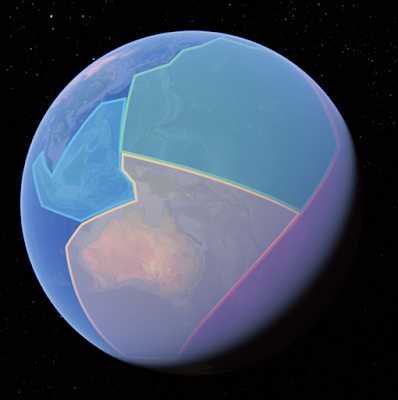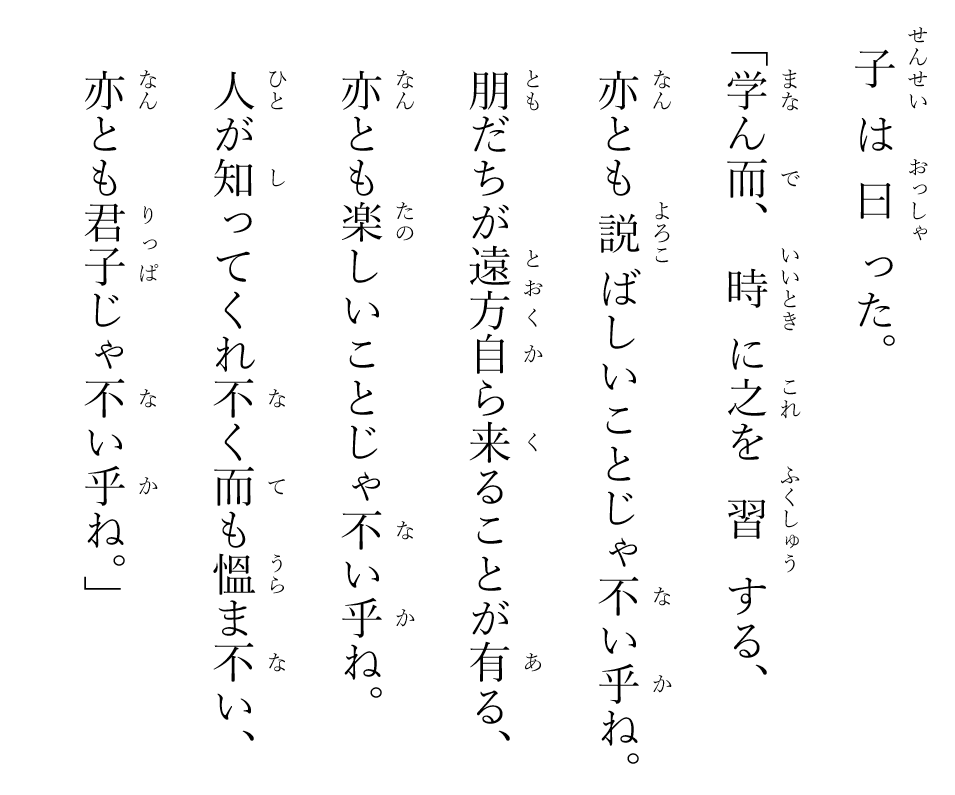Melayu Raya: Magellanique, Malayunesia, Malaysia, Indunesian, Indonesia?
The name Malaysia was first coined in her French form (i.e. Malaisie) by an European navigator named J. D. d'Urville to denote a group of insular nations in present-day Southeast Asia (i.e. Sumatra, Java, Borneo, Sulawesi, Philippines) in a paper read to the Société de Géographie in Paris in January 1832. (For an English translationJules-Sébastien-César Dumont D'Urville, Isabel Ollivier, Antoine de Biran and Geoffrey Clark (2003) On the Islands of the Great Oceans, Journal Pacific History 38(2), pp. 163 - 174. The original paper is in French: J.-S.-C. Dumont d'Urville (1832) Sur les îles du Grand Océan, Bulletin Société de Géographie 17, pp. 1 - 21., see the special issue of the Journal of Pacific History, 38(2) in September 2003)
in the paper that I read to the Société de Géographie [in January 1832] . . . I suggested dividing all of Oceania [into] Polynesia, Micronesia, Malaysia, and Melanesia . . . All travelers . . . [recognized] two separate races [in Oceania] . . . two varieties of the human spirit that are very different one from the other, and on the basis of the many essential traits that characterize each of these two varieties, they separated them at once into two distinct races.
- Malaisie (Malaysia): Malay + νῆσος (nêsos = island). The word “Malay" here is a reference to the Malay-speaking people in the region. Note that the Malay peninsula is not part of d'Urville's Malaysia since it is strictly speaking, part of the Asian mainland, and therefore not a nêsos.
- Mélanésie (Melanesia): μέλας (mélas = dark) + νῆσος (nêsos = island). The Greek prefix “mélas" is a reference to the dark-skinned native people found in Papua region and Australia.
- Micronésie (Micronesia): μικρός (mikrós = small) + μικρός mikrós. The Greek prefix “mikrós" is a reference to the small of the islands in this region.
- Polynésie (Polynesia): πολύς (polús = many) + νῆσος (nêsos = island). The Greek prefix “polús" is a reference to the multitude of islands found in this region. d'Urville inherited the word Polynésie from Charles de Brosses, who in 1756 organized the Oceania in a slightly different way, i.e. into three zones: Australasia (approximately, d'Urville's Melanesia), Magellanique (d'Urville's Malaysia), and Polynesia (d'Urville's Micronesia and Polynesia).
- Logan's Indonesia: Ἰνδός (indos = indian) + νῆσος (nêsos = island). This is the term preferred by Logan and he used Indonesia to refer Malay insula (instead of the term Malaysia, coined approximately 20 years earlier by d'Urville). The choice of the prefix Indo- is self-evidently logical since both the Malay insula/peninsula are collectively known as Dutch/English East India.
- Earl's Indunesia/Malayunesia: Malayu (Malay) + νῆσος (nêsos = island). This construction by Earl is similar to that of d'Urville but the letter u in Malayu is not dropped. Apparently, d'Urville's construction is cleaner and less clumsy as Malaysia is a 3-syllable word (whereas Malayunesia is five syllables). Earl was aware of d'Urville's Malaise but among Indunesia and Malayunesia, he preferred Malayunesia over Indunesia for the following reasons: (a) Indunesian is too general and it seems equally applicable to Ceylonese and the natives of the Maldives and Laccadives, and (b) Malayunesian can be better associated with the skin color and linguistic feature of the Malay people in Oceania.
. . . The name Indian Archipelago is too long to admit of being used in an adjective or in an ethnographical form. Mr. Earl suggests the ethnological term Indunesians but rejects it in favour of Malayunesians (ante p. 71). For reasons which will be obvious on reading a subsequent note, I prefer the purely geographical term Indonesia, which is merely a shorter synonym for the Indian islands or the Indian archipelago. We thus get Indonesian for India archipelagian or archipelagic, and Indonesia as Indian archipelagians or Indian islanders, I have no affection for the multiplication of semigrecian words, and would gradly see all nesias wiped off the map if good Saxon equivalents could be substituted. The term has some claim however to be located in the region, for in the slightly different form of nusa it is perhaps as ancient in the Indian Archipelago as in Greece. . .








Comments